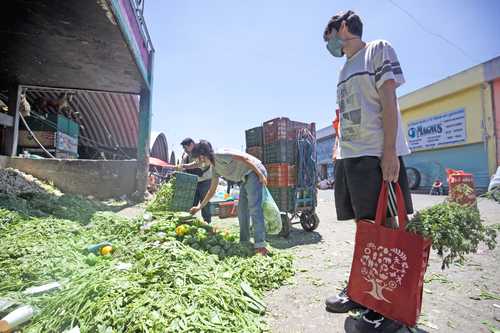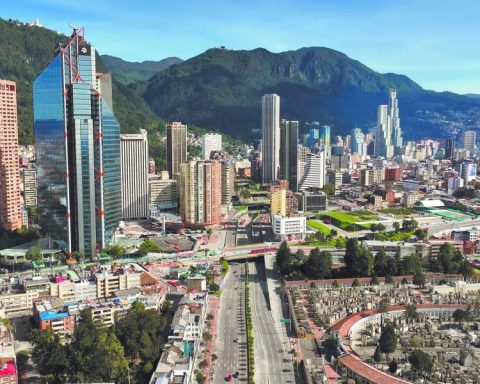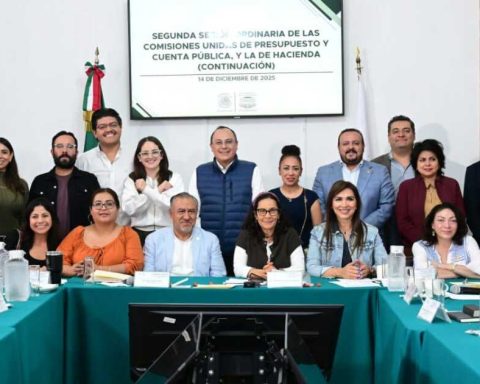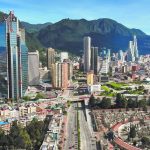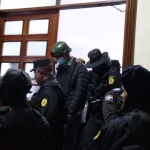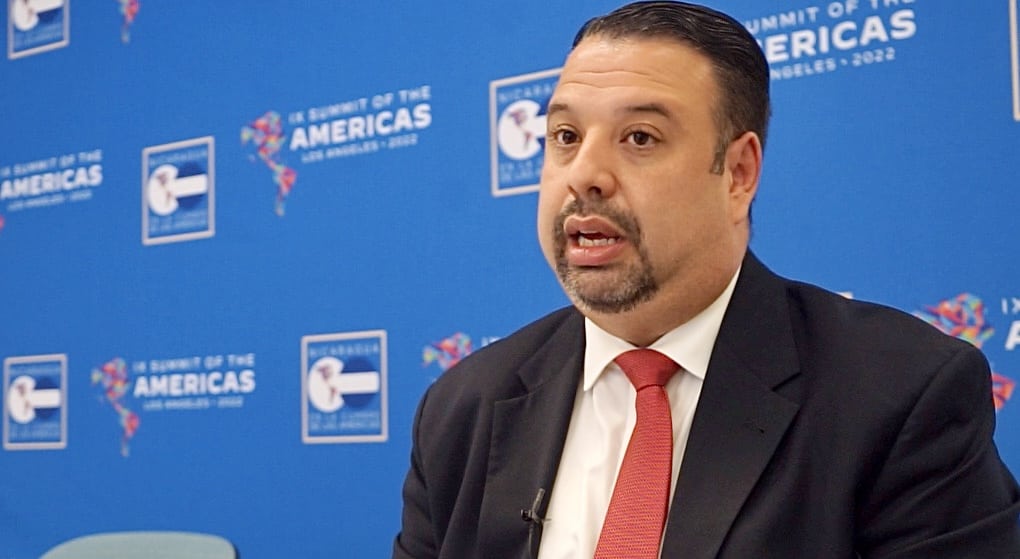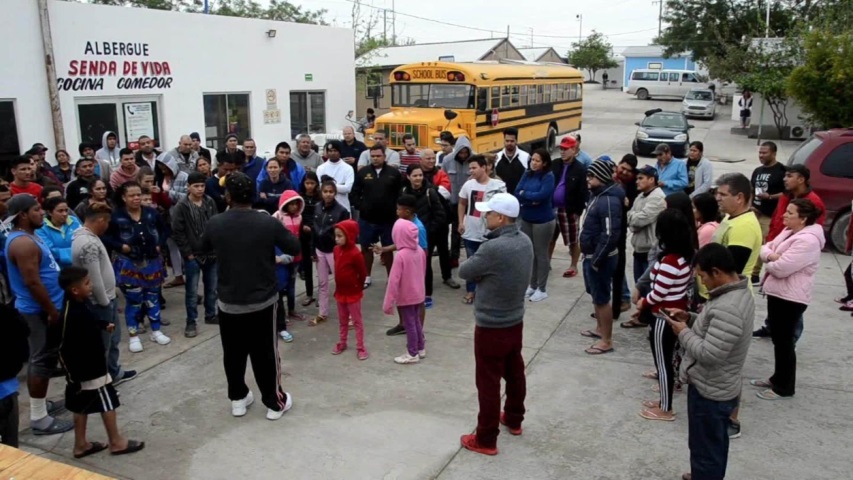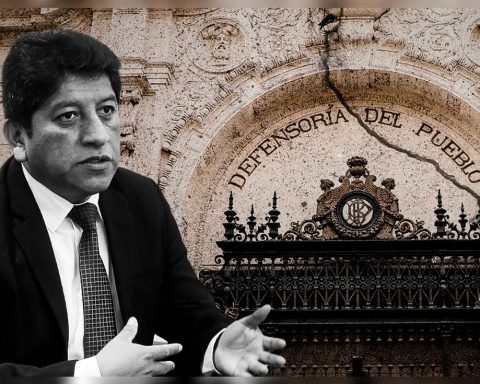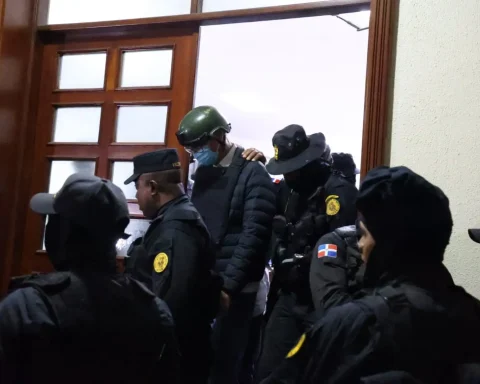▲ The difficulty in obtaining enough food has led to large migrations. In the image, people collect vegetables and legumes that are discarded at the Central de Abasto in Mexico City.Photo Luis Castillo
Angelica Enciso L.
Newspaper La Jornada
Tuesday, July 5, 2022, p. eleven
With the current food crisis, the number of hungry people will rise and there will be a lot of suffering
. It is a complex situation that leaves a devastating effect and in which the pandemic, the conflict in Eastern Europe, the increase in food prices and climate change converge. This happens when you already have the hideous figure
of 267 million people with moderate or severe food insecurity in Latin America and the Caribbean, and where only in Mexico one in five people is in that situation.
This is what Julio Berdegué, deputy director general and regional representative for Latin America and the Caribbean of the Food and Agriculture Organization of the United Nations (FAO), maintains in an interview with the day.
In addition, he points out that the planet is experiencing a food crisis of that no one is saved
all countries suffer it to a different extent, and calls for worry a lot about the hungry population
in the region we are frankly in a very vulnerable situation
.
Will there be a food shortage?
This year we do not see a global food shortage. Are we sure that next year there will not be a shortage problem? No, we are not
. Consider that it is very difficult scenario. I would like to say that we have four or five recommendations to solve it, but nobody has the measures
For that.
In the Latin American and Caribbean region there are “children, the elderly, many indigenous people, Afro-descendant populations, in the cities, in the neighborhoods, who do not consume enough food to satisfy their minimum energy needs as living organisms. Millions of people were already sick and suddenly they are told: ‘Now the rice, the tortilla and the oil are going to cost you 10 or 12 percent more.’ They have no way of accommodating this in their family finances.”
It details that between 2019 and 2020, 60 million people were added to conditions of moderate or severe food insecurity in the region, and now there are a total of 267 million, while 60 million of them are hungry.
The food crisis is destabilizing and there are large migrations, We have warned and informed the governments of northern Central America and Mexico that the levels of food insecurity in these countries are high. Together, between Guatemala, Honduras and El Salvador, there are 7.6 million people in critical food insecurity. Many of them pack their bags and walk away. Haiti lives in a very serious situation of food and nutrition insecurity; Mexico has had a solidarity policy with that country, hopefully it can reinforce it
.
There are many factors that coincide and create a crisis that is not only serious, but also very complex. “There are three situations that we follow: the way in which the great flows of food move in the world – and what happens in the war will be very decisive; if it continues, the situation will become very difficult for next year–. Second, farmers, especially small farmers, are required to continue producing, because they feed many, but they face high prices for seeds and fertilizers, which are also scarce. And third, although perhaps first: for people who are already eating very little and poorly, price increases will be a viacrucis”.
In relation to the intention of the Mexican government to achieve food sovereignty, he mentions that it can significantly increase production on the basis of having good public policies in terms of financing, technical assistance, health and rural infrastructure and recalls that Mexico dismantled its capacity to produce fertilizers, because, in theory, it was going to buy them anywhere, but it turns out that it is not so easy
.
He adds that it is important to maintain global food trade, which helps food security, but this has to be subject to rules, agreed upon by all, and be fair trade.
